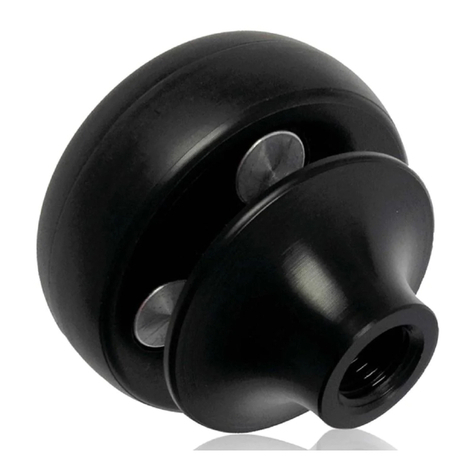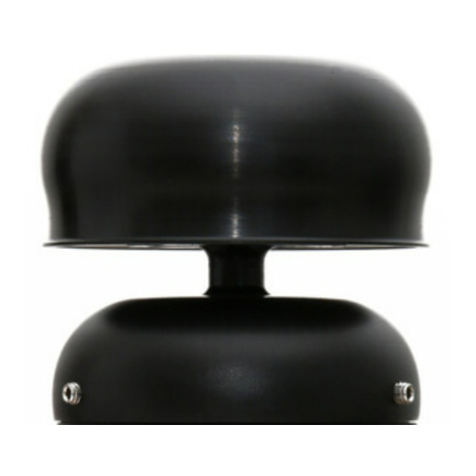
In case of ON DEMAND configuration mode, the
sentence received is almost the same, but there
is a need of this sentence for requesting data
every time you ask for data:
$ULPI*00\r\n //I=id node by default
$ULPA*08\r\n
$ULPB*0B\r\n
P1*78\r\n
The received sentence has this structure, slightly
modified:
$IiMWV,x.x,a,x.x,a*hh, being i the node (I,A,B,C,....)
configured.
6.4 I2C Wiring, Configuration and Regis-
ters
6.4.1. I2C Wiring
6.4.2 I2C Configuration
The ULP STD can be set up by using a special
configuration app made by Calypso Instruments.
In order to use the app, you should download the
configurator from our website at
www.calypsoinstruments.com.
Baudrate: Is the number of signal units per
second. A baud can contain several bits.
Data rate: The number of bits that are transmit-
ted per unit time through a digital transmission
system or between two digital devices.
Wind Filter: You can choose between the sensibi-
lity of the wind filter
6.3.2 UART Configuration
The ULP STD can be set up by using a special
configuration app made by Calypso Instruments.
In order to use the app, you should download the
configurator from our website at
www.calypsoinstruments.com.
Baudrate: Is the number of signal units per
second. A baud can contain several bits.
Data rate: The number of bits that are transmit-
ted per unit time through a digital transmission
system or between two digital devices.
Wind Filter: You can choose between the sensibi-
lity of the wind filter
Power consumption:
Ultra-Low-Power (UART): 0,15 mA @5V, 1Hz.
6.3.3 UART Sentences
The connection is straightforward with no confi-
guration required in RAW mode configuration.
WV Wind Speed and Angle
1 2 3 4 5
| | | | |
$--MWV,x.x,a,x.x,a*hh
1) Wind Angle, 0 to 360 degrees
2) Reference, R = Relative, T = True
3) Wind Speed
4) Wind Speed Units, K/M/N
5) Status, A = Data Valid
6) Checksum
By default, the communication parameters are
38400bps, 8N1.
Some examples of sentences are:
$IIMWV,316,R,06.9,N,A*18
$IIMWV,316,R,06.8,N,A*19
ULP STD User manual
10/14
baudrate:
output rate:
output units:
0.1 to 20 Hertz (Depends on the filter you select)
m/sec., knots or km/h
2400 to 115200 (8n1) bauds
I2C Output:
White
GND (Power -)
Yellow
DATA RX / SDA
Green
DATA TX/ SCL
Brown
VCC (Power +)





























